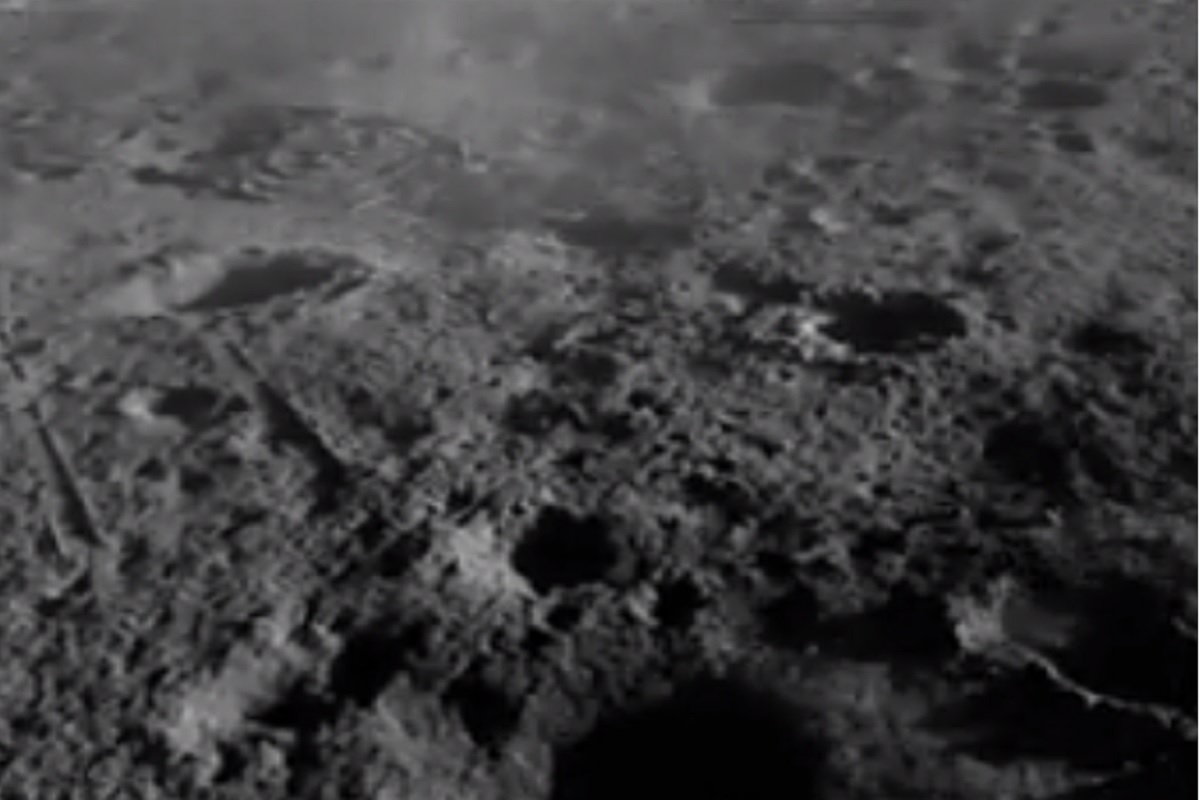The Indian Space Research Organisation or ISRO on Monday made a surprise announcement about Chandrayaan 3’s latest achievement. The Vikram Lander of the ISRO’s Chandrayaan 3 Moon mission hopped on Moon. On ISRO’s command, the lander fired its engines and jumped in the air. It covered a distance of 30-40 cm on the lunar surface. ISRO never revealed its plan to conduct what it was called a “hop experiment”.
The experiment was similar to the first soft landing. After the jump, the ramp used for Pragyan rover to come out was opened again and the ChaSTE and ILSA payloads were also deployed. The ISRO shared that video of the hop experiment captured by the Lander Imager Camera.
Advertisement
As the Vikram elevated itself, a cloud of lunar dust billowed up around it. The Lander’s shadow stretched long and distorted across the lunar surface. It was a clean and soft landing.
How will this ‘hop experiment’ help ISRO in future human mission?
Vikram jumping on Moon was a crucial achievement and a step in right direction for ISRO’s ambitions to land a human mission on the lunar surface. While ISRO didn’t reveal when it will send a human mission to the Moon, it did reveal the experiment will help in future sample return and human missions.
“This ‘kick-start’ enthuses future sample return and human missions!” ISRO said
This particular type of manuoevre is needed in sample missions where a spacecraft is required to fire engines to return to the Earth with samples from the Moon. In human missions too, the spacecraft will need to lift off again. Off course, ISRO will need more powerful engines but the hop experiment did demonstrate the basic technology required for such missions.
What more ISRO needs for sample return and human missions?
For sample missions, ISRO will need a powerful rocket to carry a heavy Lander module and sample collection system. This could be a drill, a scoop or a robotic arm. It will also need a heat shield for its spacecraft to protect it from the heat of re-entry into Earth’s atmosphere.
To send a crewed mission, the first requirement will be a rocket far more powerful than the one needed in sample missions with heat shield and landing and take- off capabilities.
ISRO has already made significant progress in developing these technologies. The successful ‘mop’ experiment is a further boost to its plans for a human mission to the Moon. The day when an Indian will take an actual walk on the Moon is not far away.











